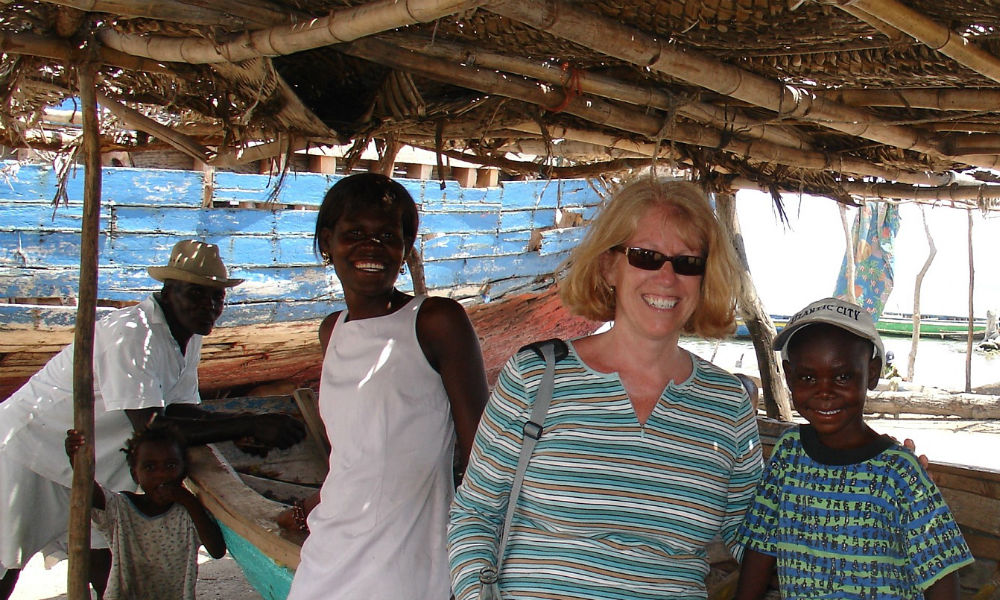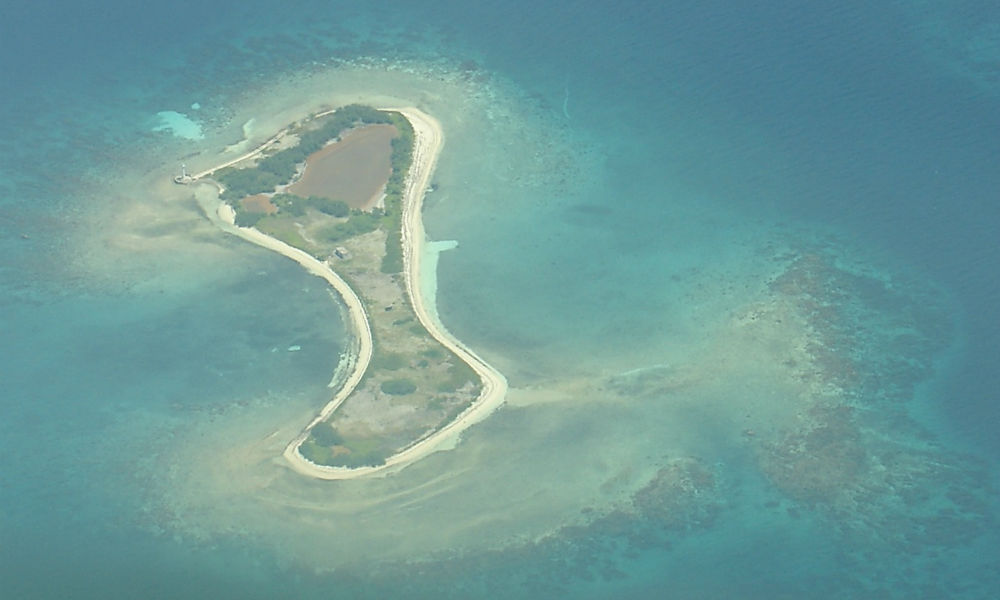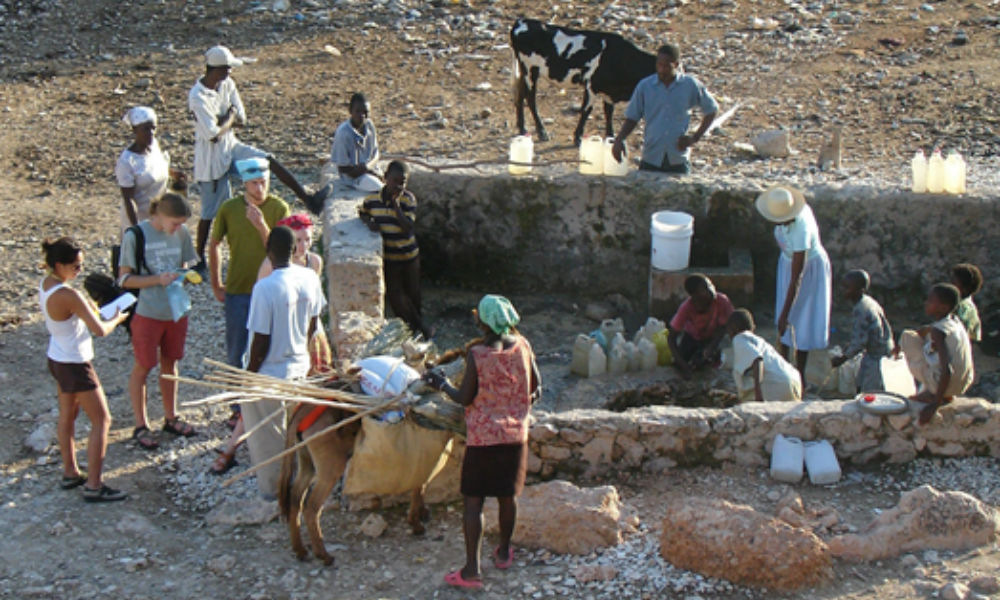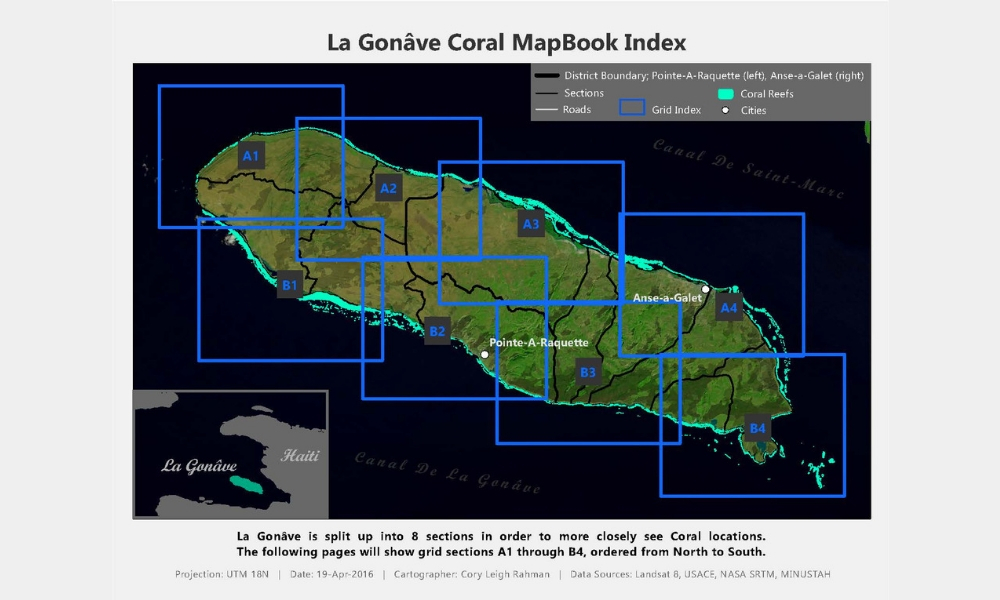GS professor and students make impact on Haitian Island of La Gonâve
Geography
SUMMARY: Embodying JMU’s mission to be a globally engaged university, Geographic Science professor, Mary Kimsey has invested herself into “The Haiti Project,” which focuses on the island of La Gonâve. Over the last 15 years, Kimsey and her students have made a positive impact on the island.
By: Caleb Ayers
CISE student writer
La Gonâve, an island situated 30 miles to the northwest of the capital city of Port-au-Prince, historically housed social misfits, pirates

Environmentally, the people of La Gonâve face several major issues. An onslaught of natural disasters such as earthquakes and hurricanes have repeatedly ravaged the island, accentuating the already widespread poverty which prevents the community from quickly recovering and rebuilding. Families barely have enough to survive so sustainability is not a consideration. As a result, the soil is overused and degraded. The island is largely deforested with every last tree being used to produce charcoal. Fish, a major part of their livelihood and their diet, are decreasing in number. The island also lacks access to clean drinking water—a constant problem throughout the island.

Kimsey became involved in the country more than fifteen years ago. “When I heard about the conditions on the island, I realized the potential to connect the spheres of JMU and La Gonâve,” says Kimsey. “I wanted to create a partnership that would benefit both parties.” Since its inception, Kimsey has worked with more than 100 students on “The Haiti Project”—some of whom have traveled to the country and many others who have worked remotely.
With students coming from a variety of programs such as Geographic Science (GS), Integrated Science and Technology (ISAT), Engineering, and Writing, Rhetoric, and Technical Communication (WRTC), their projects have focused on economic, educational, and environmental issues. GS students created maps which help organizations navigate on the island and schools understand the island’s topography and coral reef issues. Two ISAT students established the first Internet connection on the southern side of the island which enabled new communication possibilities between the people of La Gonâve and JMU. A group of engineering students designed a wheelchair for handicapped children that would make it possible for them to traverse rough terrain and navigate through small houses.
Kimsey also noted a lack of published literature—specifically within the academic sphere—surrounding La Gonâve. So, to illuminate the island’s rich history, Kimsey is in the final stages of writing a comprehensive book that focuses on historical, geographical, socioeconomic, and environmental themes. She will use the village of Nan Boukan as a focal point. Finding and translating from French and Spanish the few historical documents that reference the island’s past has been a critical task for her and her students. The book will also include an appendix of maps created by students over the past decade or more.

“Numerous colleagues have supported the Haiti Project,” said Kimsey. “I have received grants from the School of Integrated Sciences, the College of Integrated Science and Engineering, the Center for Global Engagement and the Provost's Office. This work could not have been carried out without their expertise, support
Through her research, projects, and now this book, Kimsey has demonstrated what it means to be part of a globally engaged university. Kimsey has made long-lasting impacts on the people of La Gonâve and instilled important values and perspectives into her students. She has helped them understand “that we’re all human, and all want the same thing, and all deserve clean water, a bed to sleep in at night, and education.”
That message has resonated with students who have worked with her, including GS senior Marian Phillips who is currently working on translating historical documents about the island. “The people of La Gonâve have so many obstacles to work around,” said Phillips. “I think realizing this is important because we shouldn’t take the quality of life for granted. We should learn what our role may be in perpetuating such obstacles in other parts of the world. It’s all part of being a conscious global citizen.”
